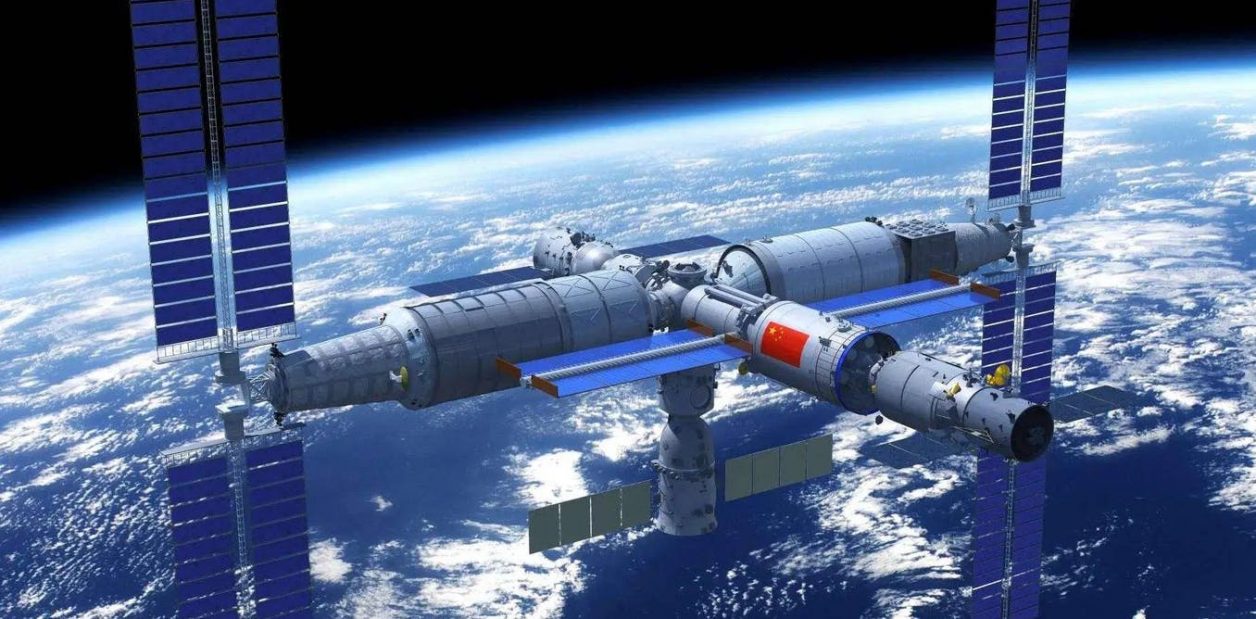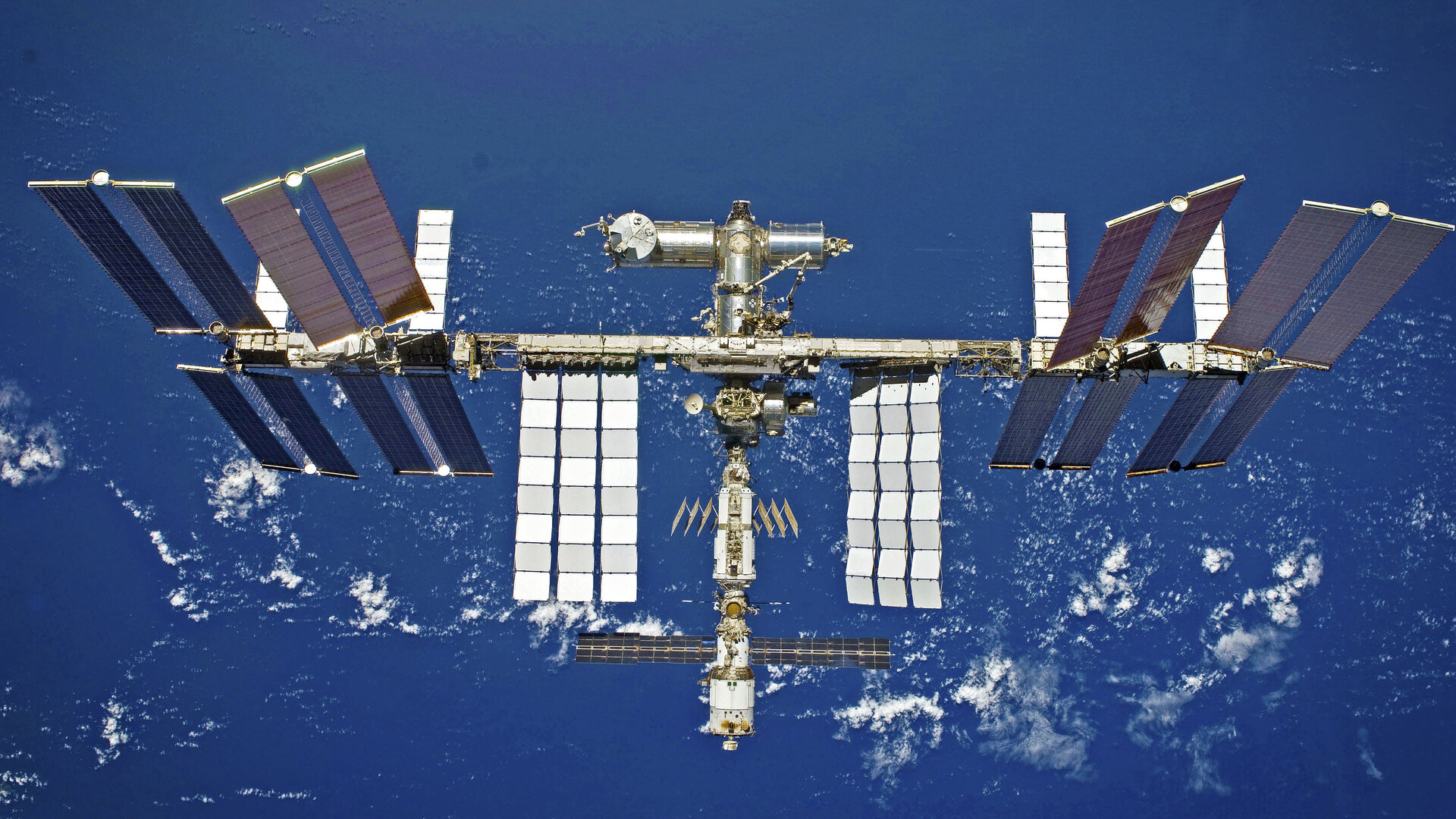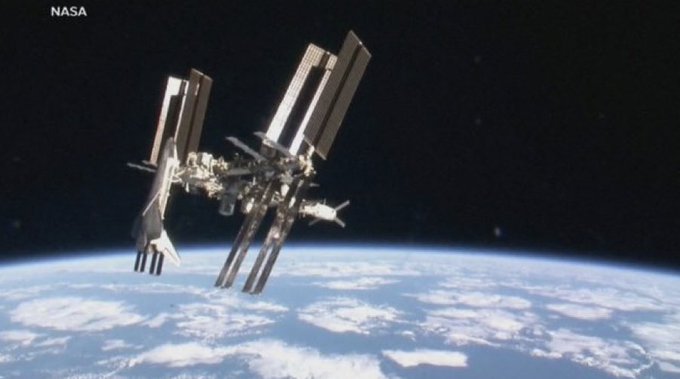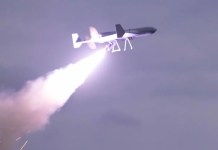China aims to finish building its Tiangong space station and make it operational by the end of this year. A new report claims that Beijing is hoping to turn it into a money-spinner, besides using it as a hub of various space activities.
According to a senior human spaceflight program official, China plans to open its space station to commercial missions and activities.
“When our space station is completed and running, we will actively encourage the private sector to engage in space through various ways,” Zhou Jianping, chief designer of China’s human spaceflight program, told China Central Television, recently.
“There are many possibilities. We hope there will be competitive, cost-efficient commercial space players to participate in areas including space applications and space resource development. The prospects are good,” Zhou said.
Last year, China’s launch companies began mentioning the Tiangong space station as a potential business opportunity. This appears to be in response to China Manned Space Agency’s (CMSA) request for ideas in January 2021 for low-cost cargo transportation methods for the space station.

Further, it is pertinent to note that China intends to employ a reusable first stage in its next-generation crew launch vehicle for missions to the space station and the moon. The new rocket is required to provide a reusable launch option for astronauts or cargo to the Tiangong space station, while a larger version would enable China to send crews to the moon and deep space.
Here's China's new-generation crew launch vehicle, with three 5m diameter cores, 90m long and 27 tonnes to LTO/70tn to LEO. Very similar to 1st appearance, in 2018 at Zhuhai. No info on 1st flight, but is for demos & missions inc. circumlunar, orbiting & landing on the Moon. CASC pic.twitter.com/mqrBi3p3nc
— Andrew Jones (@AJ_FI) September 28, 2021
This would potentially allow greater innovation and competition among China’s scientific community and start-ups.
The announcement was the first indication that commercial enterprises might be allowed to participate in the national space station project. The move is reminiscent of previous NASA commercial cargo projects.
In 2005, NASA had formed a Commercial Cargo Project firm to encourage the industry to provide access to low-earth orbit (LEO) as well as the International Space Station to support its vision for space exploration.
In 2020, the US space agency celebrated two decades of astronauts living onboard the International Space Station. NASA is looking to private companies to build and deploy additional free-flying habitats in LEO as the floating research laboratory ages.
In 2021, NASA announced the Commercial LEO Destinations (CLD) initiative, with plans to grant up to $400 million in total to four businesses in the fourth quarter of 2021 to start developing private space stations.

The American space agency spends around $4 billion a year to run the ISS. Furthermore, the ISS cost a total of $150 billion to research and build, with NASA footing the majority of the bill. Russia, Europe, Japan, and Canada also contributed funds for this project. NASA revealed last year that the commercial crew program is estimated to have saved the agency between $20 billion and $30 billion, reported CNBC.
China’s decision to start commercial operations on Tiangong is particularly significant as it is set to be the lone space station after the ISS retires in 2030.
“Commercial involvement in space has been on everyone’s mind at home and abroad. This shows the space sector’s increasing importance to science and economic development,” Zhou said.
China’s Growing Space Ambitions
The Tiangong space station will be completed this year. Six launches are planned to add two science modules to the Tianhe core module in orbit, as well as two cargo spacecraft and two crewed missions (Shenzhou 14 and 15).
The overall construction of Tiangong Space Station (CSS) will be finished with two experiment modules launching this year. 6 astronauts (Shenzhou 14 & 15 crews) will work at the same time in the station for a certain time period by the end of this year. https://t.co/Paqcg98Z56 pic.twitter.com/sXOnpfuxTn
— CNSA Watcher (@CNSAWatcher) February 10, 2022
The Tiangong station is expected to last at least ten years in LEO. Other countries’ astronauts are likely to visit the three-module, T-shaped station as well.
The crew members have been chosen and under training for the two manned space missions for the next-phase building of China’s space station. This year, China will carry out six space missions, including ferrying supplies and manned flights: CMS pic.twitter.com/xkborDMrvE
— libijian李碧建 (@libijian2) March 11, 2022
NASA has also been looking for ways to monetize the usage of the ISS in recent years. In December 2021, the agency announced the selection of three companies, which would receive more than $400 million in government funds to accelerate the development of commercial space stations as part of the ISS transition plans.
The US and its allies had lately begun discussing the possibility of extending the ISS’s use beyond 2030. The Russian invasion of Ukraine and the Western responses to it, however, prompted the chairman of Roscosmos to threaten to pull Moscow out of the project.

China is also inviting more foreign cooperation in space station operations, according to Zhou. “I know many scientists and engineers are looking closely at opportunities to do experiments in China’s space lab. It’s a great thing,” Zhou said.
“CMSA has said many times that we are active in promoting openness for China’s space lab, and it’s open for domestic as well as international scientists and engineers.”
Speculation is rife that commercial activity on the ISS, as well as companies constructing their own space stations, may confront a new opponent in China’s upcoming Tiangong.
Jeff Manber, CEO of private space company Nanoracks, said his firm has already lost business to China and its space station during a presentation at the ISS Research and Development Conference on August 4.
However, he didn’t clearly mention who the customer was or what they were planning. Nanoracks is currently operating on ISS, holding experiments and external payloads as well as using the station as a launch platform for small satellites.
That said, stiff competition is on the cards between China and the United States until ISS is retired. And Beijing makes no bone about its commercial space ambitions once Tiangong is fully operational.
- Contact the author at sakshi.tiwari9555@gmail.com
- Follow EurAsian Times on Google News




